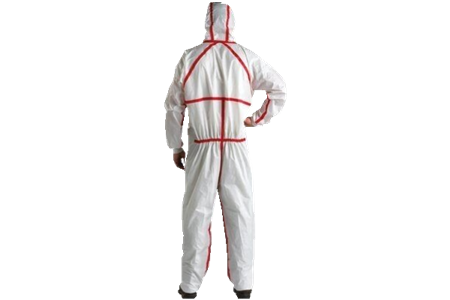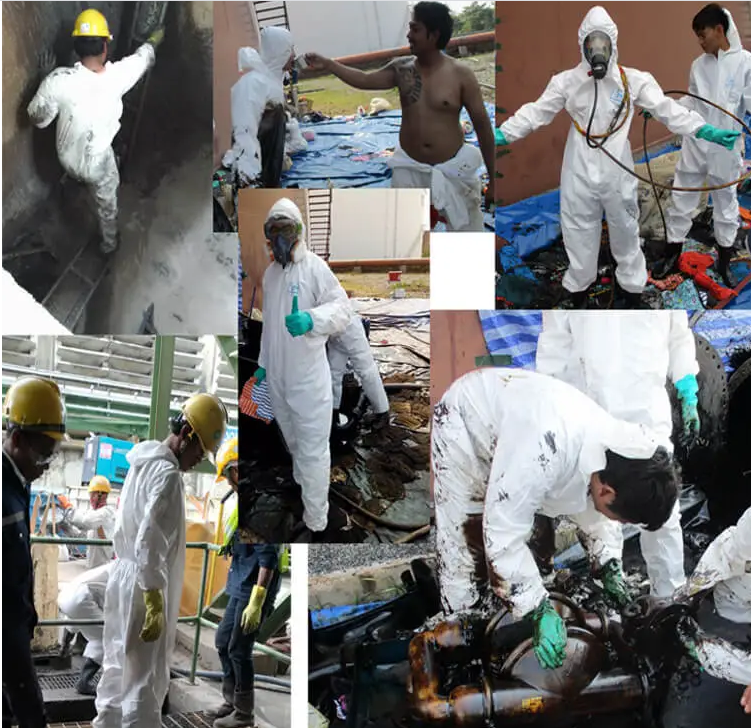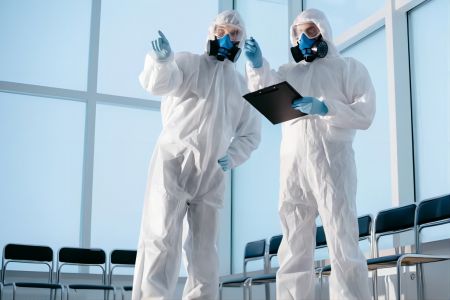2023/6/16

Selection and performance requirements of antiflaming microporous coverall fabric
Selection and performance requirements of antiflaming microporous coverall fabric
The quality of a antiflaming microporous protective coverall depends to a certain extent on the variety and quality of the fabric it uses. Each fabric material has its own performance characteristics. Which material should be selected as a layer of flame-retardant protective clothing is a question that needs to be carefully considered.
High-quality antiflaming protective coverall should meet the following requirements:
(1) Protection and safety should be considered first. Flame-retardant protective clothing should have excellent protection standards and protection levels, and put functionality in the first place.
(2) Good wear resistance. The coverall should be suitable for the wear and tear caused by various complex sports by the rescue workers on the fire scene.
(3) It has good durability and can be used repeatedly for a long time.
(4) Good comfort and good air permeability and moisture permeability. This is especially important for fire rescues.
Questions about fabric selection of antiflaming protective coverall
1. Flame-retardant fireproof layer of disposable coverall
The flame-retardant layer is the outermost layer of the flame-retardant protective clothing. It is directly in contact with the fire field and will be subjected to various abrasion in the application. Therefore, the flame retardancy, abrasion resistance, and tear resistance will all become the level of this layer. Important design factors. SMS cloth material can be used. The fabric has the advantages of high temperature resistance, no toxic gas discharge, good thermal insulation, no molten material dripping, high strength, and no shrinkage.
2. Waterproof and breathable layer of microporous coveralls
There are many ways to realize the waterproof and moisture permeability of the fabric. For example, the waterproof and moisture-permeable film is a material with no weight burden and excellent performance. Among them, the composite fabric used in the composite fabric should have good selective permeability. At present, waterproof and moisture-permeable membranes can generally be divided into three types: microporous waterproof and moisture-permeable membranes, non-porous waterproof and moisture-permeable membranes, and two-component waterproof and moisture-permeable membranes.
3. Insulation layer
The heat insulation layer is located in the middle layer of the antiflaming coverall microporous fabric, which mainly functions to isolate the heat conduction of the air in the thermal environment and prevent the staff from being burned. This layer has a significant effect on the heat radiation performance, heat conduction performance, and moisture permeability of the flame-retardant protective clothing.
4. Lining
Adding a lining layer to the antiflaming protective clothing is mainly considered from the perspective of comfort, which can prevent the outer fabric from directly contacting the human body and cause itching, and if the layer is selected properly, it can also achieve good perspiration wicking effects. , So that the staff is more comfortable when wearing flame-retardant protective clothing.





 WhatsApp
WhatsApp
Send us your message
You can send an email asking for the price and detailed information of this product. We will reply you as soon as we receive your email